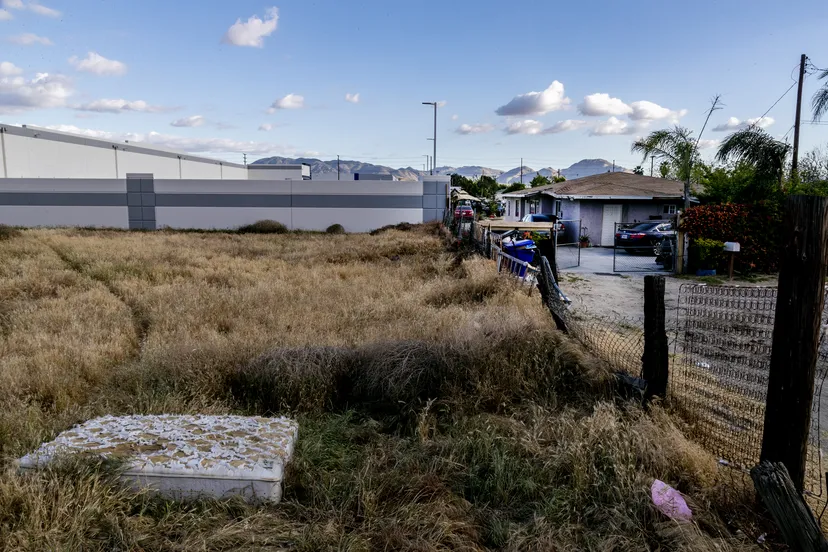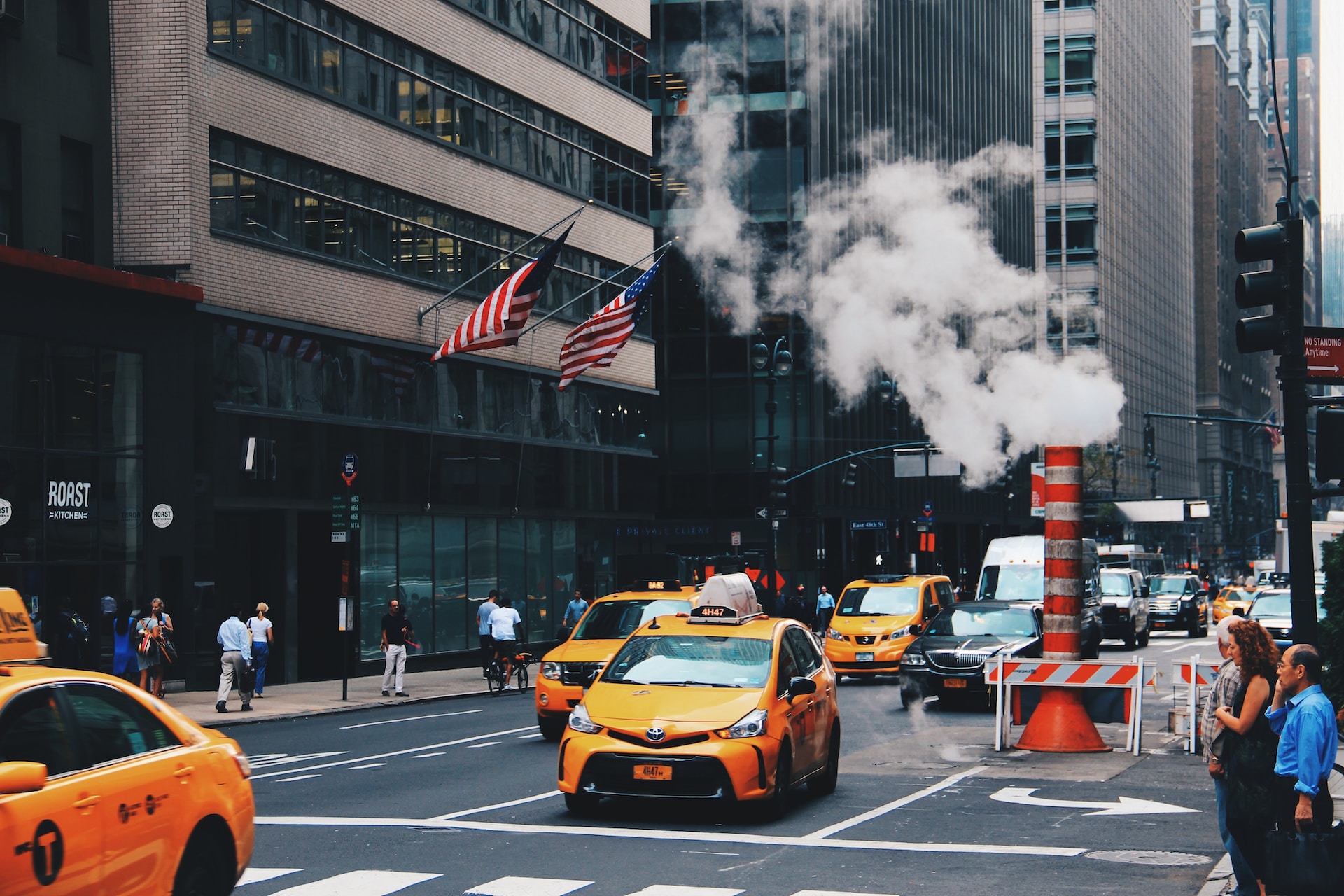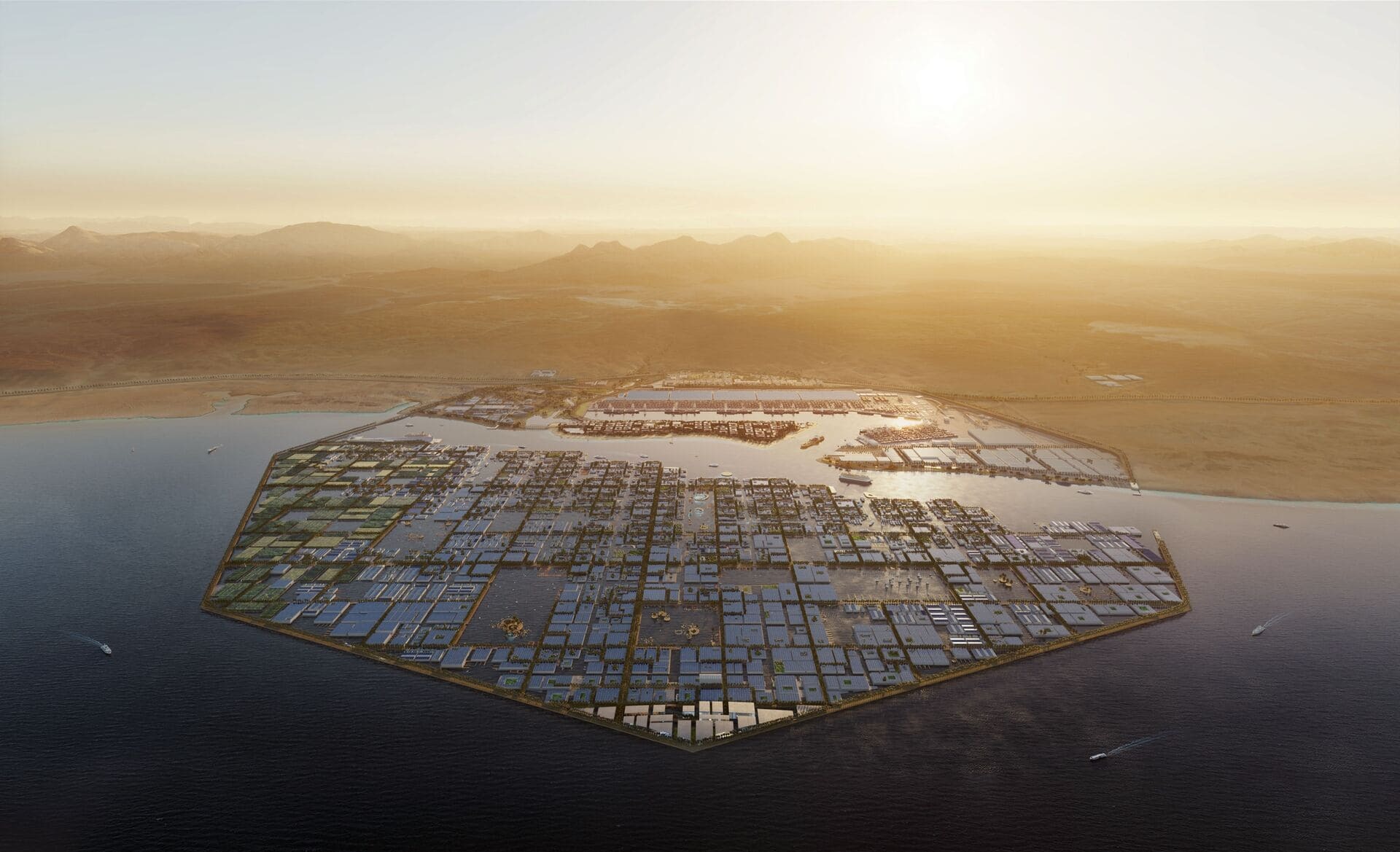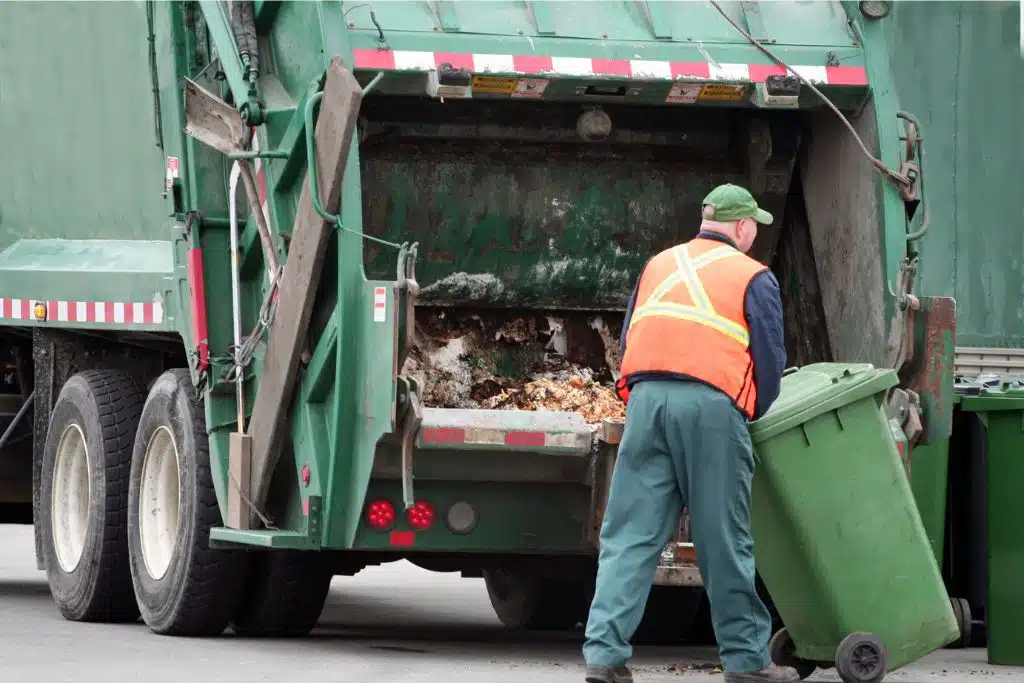Author | Lucía Burbano
Are we aware of how much waste is generated by cities? The truth is that figures such as these are often ignored by most people, however, according to Eurostat, each European citizen generates, approximately half a ton of municipal waste each year. Effectively managing each type waste and implementing circular parameters is essential unless we want a planet covered in landfills.
Waste streams: what are they and how many types are there
A waste stream is the flow of waste from its source until its final disposal. The latter may refer to a recovery or recycling process or other forms of waste management, such as burying waste in the ground or transforming it into energy.
Waste streams can be divided into five types:
Urban solid waste
Waste from households that eventually ends up in a waste management plant. The waste within this stream is extremely diverse, ranging from recycled newspapers to electronic devices.
While they could all go to the same facility, ideally a specific stream path should be created for each type of waste in order to recover or recycle some items such as glass bottles.
Commercial and Industrial waste
These streams come from various sectors. Given the diverse sources, there are many stream paths to manage the waste. For example, the paper recycled by an office is collected, transported to a recycling facility, sorted into appropriate categories, and then shredded. That shredded paper is then turned into pulp, which is then de-inked, dried, and transformed into new paper products.
Construction and Demolition
Construction and demolition waste is often natural, such as wood, but also potentially hazardous depending on the chemicals the company uses during its processes.
Liquid Waste
Liquid waste can come from various sources. Overall, there are three types: sewage, trade waste, and hazardous liquid waste.
● Sewage waste comes from the toilets and sinks of residents and businesses.
● Trade waste is liquid waste from a business; however, trade waste comes from something other than toilets and sinks.
● Hazardous liquid waste, such as certain solvents and paints, is carefully stored in appropriate containers, and many landfills have a specific area to protect the communities and the environment.
Hazardous Waste
Hazardous waste comes from numerous and varied sources. For example, hospitals can create hazardous waste with certain drugs, or some paints are often considered hazardous.
The disposal method at the end of the stream can vary depending on the hazardous characteristics. Most local governments require that toxic waste be disposed of through an Environmental Health and Safety office.

Pioneering cities in the management of waste streams
San José, USA
In the 1980s, the city in California adopted a comprehensive waste reduction strategy, implementing recycling and extending the capacity of landfills. In 2013, it inaugurated the first commercial dry fermentation anaerobic digestion and composting facility in the United States.
San Jose pioneered the use of contractual rates, fees, taxes, and contractor compensation to provide incentives for generators, waste haulers, recyclers, composters, and even landfill operators to focus first on reducing and reusing materials, then recycling, digesting and composting the rest.
Zaragoza, Spain
As part of the Circular Biocarbon project, the Spanish city has embarked on the construction of a commercial-scale bio-refinery designed to treat all the bio-waste generated by a medium-size city. It will be the first biorefinery for the joint treatment of urban solid waste and industrial sewage sludge .
Cape Town, South Africa
The Western Cape Industrial Symbiosis Program connects companies so that they can identify and realize business opportunities enabled by utilizing unused or residual resources. To date, the program has diverted over 104,900 tons of waste from landfills and created 218 jobs.
This program has also become profitable, generating new revenue streams, resulting in cost savings and private investment. For each rand invested by the government, the program has returned seven in economic benefits to its network.
Photographs | Unsplash/Documerica, Unsplash/Zibik






















































